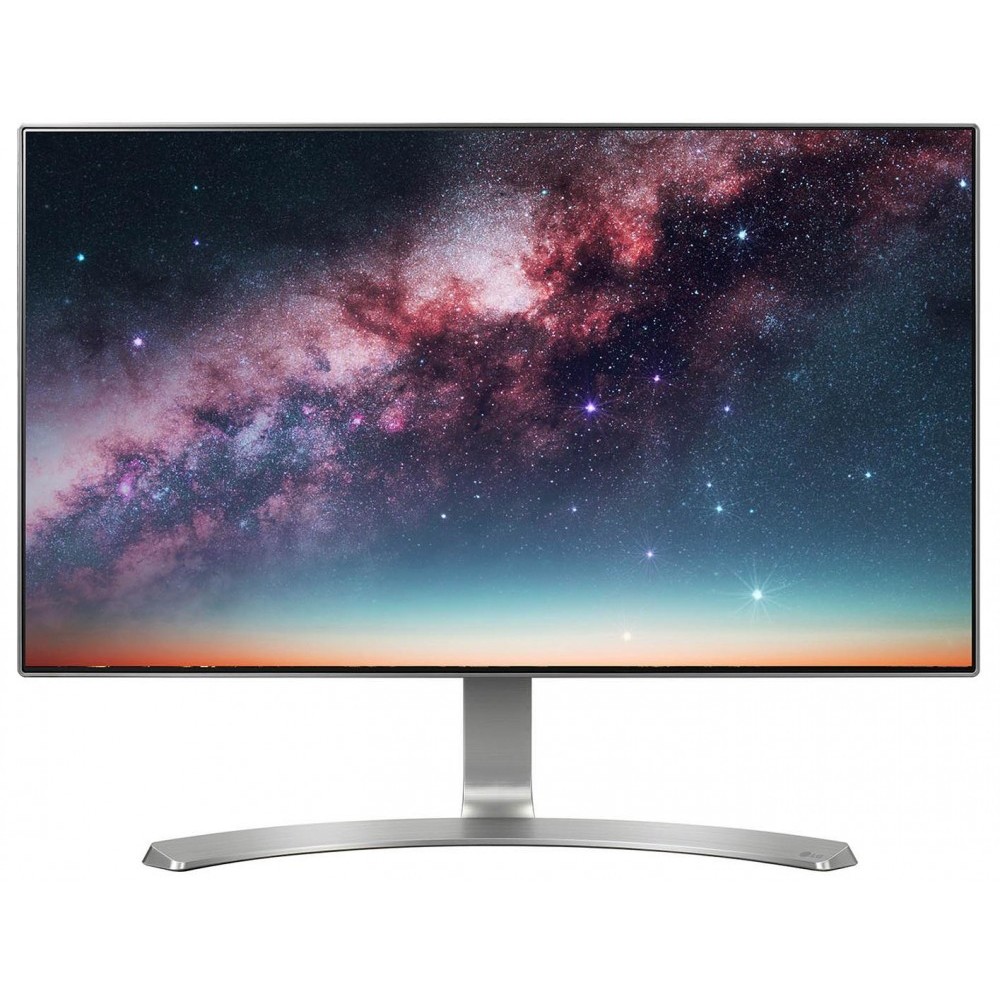What is a borderless monitor?
Whether you call them borderless monitors, frameless monitors, or thin-bezel (even no-bezel) monitors, many of today’s top computer monitors offer the edge-to-edge viewing experience consumers and business users demand. By eliminating the 1-inch to 2-inch plastic frame around the display screen, a borderless monitor can help maximize your physical desktop when space is tight. Or you can put together two, four or more borderless monitors to create a virtually seamless, multi-monitor display like those seen in television studios and emergency operations centers.
Is a borderless monitor really borderless?
A borderless monitor is one whose plastic frame or bezel is nearly invisible when viewed from the front. [Now you know why these are alternately called borderless, frameless, and thin-bezel/no-bezel.] Note, however, that we say “nearly” invisible, since typically there is still a very thin frame to contain the glass or plastic display screen.
Many users prefer the attractive look of today’s borderless monitor models. Unlike much smaller smartphones, computer monitors have yet to broadly incorporate the concept of wrap-around displays with no visible edging material whatsoever. Yet compared to the old, hulking CRT monitors or even the early flat screens, today’s borderless monitors have bezels as thin as 2mm or less, giving an illusion of edge-to-edge visible display space that was once thought impossible.
Things to consider when buying a borderless monitor
Depending on how they are marketed, some borderless monitors are actually only borderless on three sides. The area beneath the display screen may still have control buttons or the manufacturer’s logo. Keep this in mind if you want a truly borderless experience on all four sides.
Remember, too, that borderless, frameless and thin-bezel/no-bezel are relative terms, at least to product marketers. So, if you’re seeking the thinnest possible frame, pay careful attention to the product specs.
Above all, know how much visible display space you desire from your monitor set-up and how much physical workspace you have available to place the equipment. And don’t just go by what you’ve been using. Your current 19-inch display might have a thick bezel around it, making it possible to replace it with a 21-inch borderless monitor that does not fill-up any more space on your desk.
What are the advantages of borderless monitors?
First and foremost, a borderless monitor consumes less physical space than monitors with equally sized displays that are wrapped in 1-2 inches of plastic framing. So, equipping your desk with, say, a 23-inch frameless diagonal display will require little more than 23 diagonal inches of space (not counting the monitor base).
In addition, borderless monitors are considered superior for use in multi-window, multi-monitor work scenarios. Apps and program windows can be moved between thin-bezel monitors with virtually no visual interruption. They’re also the best choice for so-called display walls, where multiple monitors are used side-by-side to create the illusion of an even larger display.




